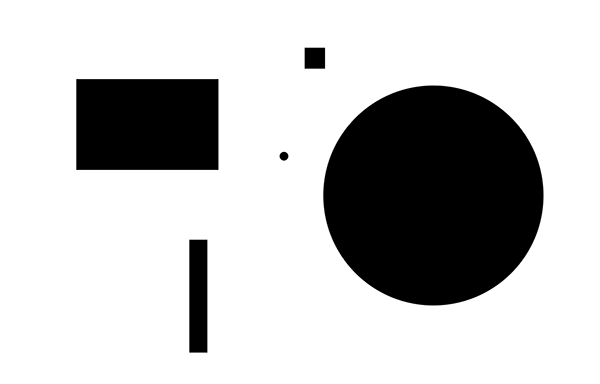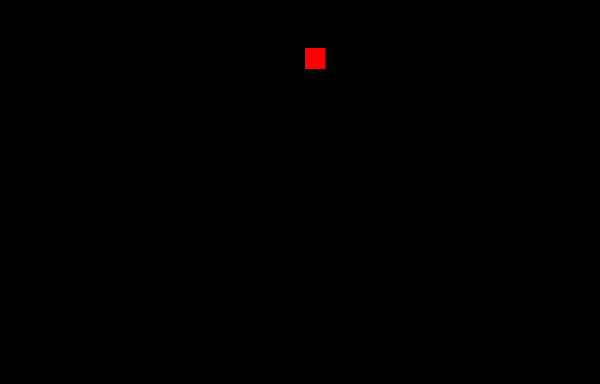以下图为例:

比如我想把面积第2小的那个“小正方形”选择出来,算法代码如下:
1 read_image (Yuan, 'C:/Users/happy xia/Desktop/yuan.png') 2 binary_threshold (Yuan, Region, 'max_separability', 'dark', UsedThreshold) 3 connection (Region, ConnectedRegions) 4 area_center (ConnectedRegions, Area, Row, Column) 5 tuple_sort_index (Area, Indices) 6 Num := |Indices| 7 select_obj (ConnectedRegions, ObjectSelected, Indices[1] + 1)
该实现算法的关键是对算子tuple_sort_index意思的理解。
代码中:
Area := [420, 12922, 38019, 58, 2033]
Indices := [3, 0, 4, 1, 2]
tuple_sort_index (Area, Indices)的意思是:先将Area中各元素按升序排序,然后将排序后的每一个Area分别在原Area元组中的索引放在元组Indices 中。
[3, 0, 4, 1, 2]的意思是:
58是Area 中的3号元素(元组索引从0开始);
420是Area 中的0号元素;
2033是Area 中的4号元素;
12922是Area 中的1号元素;
38019是Area 中的2号元素。
再看看上面tuple_sort_index算子的意思,可知Indices[1]是面积第2小的元素在原Area元组中的索引,即索引是0。由于对于算子select_obj 来说,它的索引是从1开始的。所以Indices[1] + 1 是最终的索引。
结果图:

如果要找到面积第二大的,只需将最后一句改为:
select_obj (ConnectedRegions, ObjectSelected, Indices[Num -2] + 1)

作者:xh6300
--------------------------------------------
本文系原创,转载请注明出处。
如果文章对您有帮助,可以点击下方的【好文要顶】或【关注我】;如果您想进一步表示感谢,可通过网页右侧的【打赏】功能进行打赏。
感谢您的支持,我会继续写出更多的相关文章!文章有不理解的地方欢迎跟帖交流,博主经常在线!^_^



 浙公网安备 33010602011771号
浙公网安备 33010602011771号